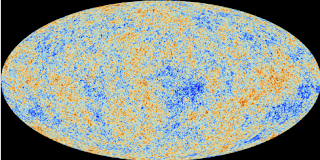Artemis and its Prospect for Humanity
‘We choose to go to the moon and do the other things, not because they are easy, but because they are hard….’
These words initiated an era of revolutions, setbacks, and achievements. In Greek mythology, Artemis is the twin sister of Apollo; we are all set to write a new history of human audacity.
On November 16, amid a glazing red glare, Artemis-1 marked its launch for an enduring 42 days journey. After 50 years, NASA is again heading back to the moon with its Artemis series missions. This time with the motive to inhabitant humans into deep space. With the Artemis series, NASA is exploring the possibilities of building communities, infrastructures, and power plants on the lunar surface. Along with the scientific pursuit, a primary focus would be exploring the economic opportunities under the flagship idea of the ‘Lunar Economy'.
With Artemis-1 being a non-crewed mission, NASA is attempting to examine the lunar surface and build sensors for future landings. It also has a radiation payload to measure solar radiation for a future crewed mission.
Artemis-1 will go in a distant retrograde orbit around the moon for the test flight. Retrograde means the motion opposite to the motion of the moon. The reason behind choosing this particular orbit is because it uses the earth and moon’s gravity for stabilization and is somewhat like a Lagrange point, hence the most stable for orbiting.
Artemis-2 will be the first crewed flight in the Orion spacecraft, but it’ll be used only to demonstrate all the crewed systems on Orion and its life support. And only the next flight, i.e., Artemis 3, will be the first to land and deploy a female and a man of color on the lunar soil.
Artemis era will be setting up the foundation for future interplanetary travel. The main motive behind Artemis missions is to learn to set up communities on the cosmic shore where human civilization not just survives but thrives.




Comments
Post a Comment